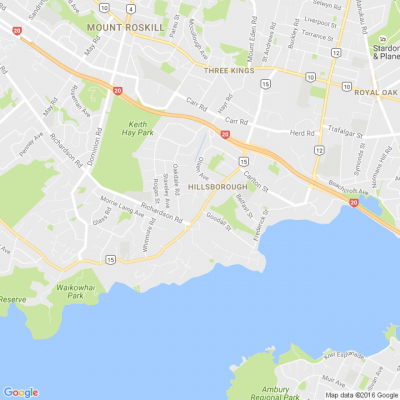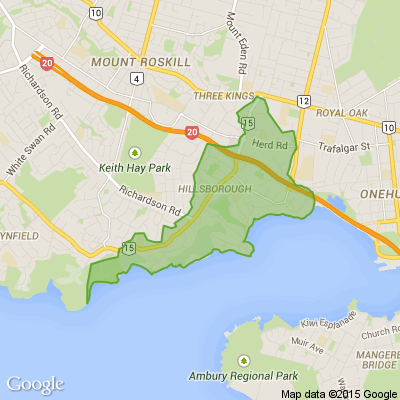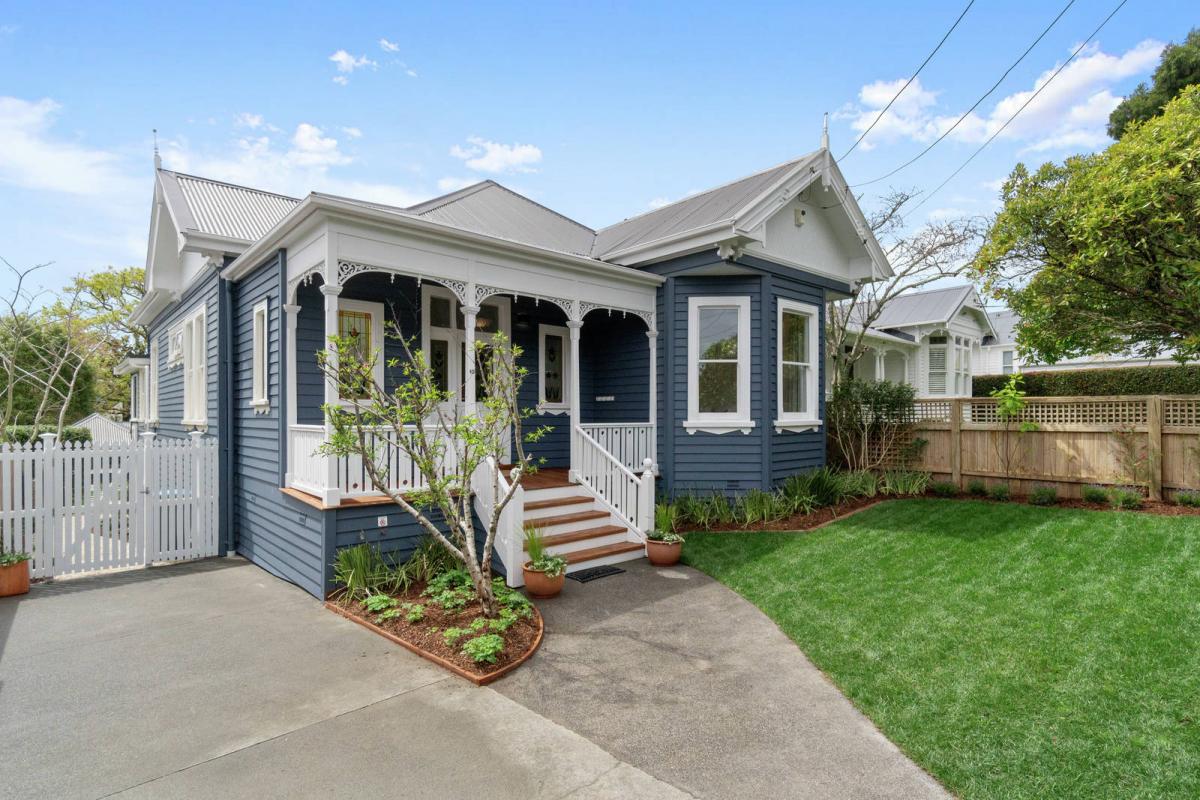Auckland Council has proposed a move from weekly to fortnightly kerbside rubbish collections along with other measures in order to move closer to a zero-waste target by 2040.
The draft Waste Management and Minimisation Plan 2024 (WWMP 2024) includes proposals to increase options to re-use, repair or re-purpose items and advocate for a rethink on how they are designed to extend their life span.
It also includes the targeting of construction and demolition waste, organic, plastics, packaging, textiles and biosolids, addressing litter and illegal dumping, and speeding up minimisation of waste generated by Auckland Council.
The draft WWMP 2024 outlines the "next important steps" to reduce waste and emissions, and cleaning up Auckland's waterways and environment, said chair of the planning, environment and parks committee Richard Hills.
"It builds on previous work undertaken by Auckland Council by doing more to keep resources in circulation and minimise harm caused by waste, while creating jobs and boosting the economy."
1.5 million tonnes of waste a year goes to landfill a year in Auckland, enough to fill Eden Park on a weekly basis. Without changes, this is expected to rise to at least 1.7 million tonnes annually by 2040.
Hills said that Aucklanders have shown their willingness to make changes toward a circular economy, acknowledging the efforts of young people in demanding action.
"Despite ambitious targets, we have seen steady progress in moving Tāmaki Makaurau towards this goal over the past decade, but it’s clear we can do more."
Auckland Council is also seeking feedback on a separate draft waste plan for the Hauraki Gulf Islands, which have their own unique waste management needs and challenges.
Aucklanders have until March 28 to have their say on the draft Waste Management and Minimisation Plan (WMMP) 2024 and the Draft Hauraki Gulf Islands Waste Plan 2024.
============================================
www.1news.co.nz...
=============================================
Poll: 🗑️ Would you be keen to switch to a fortnightly rubbish collection, or do you prefer things as they are?
Aucklanders, our weekly rubbish collections are staying after councillors voted to scrap a proposed trial of fortnightly pick-ups.
We want to hear from you: would you be keen to switch to a fortnightly rubbish collection, or do you prefer things as they are?
Keen for the details? Read up about the scrapped collection trial here.

-
80.9% Same!
-
19.1% Would have liked to try something different
Some Choice News!
Many New Zealand gardens aren’t seeing as many monarch butterflies fluttering around their swan plants and flower beds these days — the hungry Asian paper wasp has been taking its toll.
Thanks to people like Alan Baldick, who’s made it his mission to protect the monarch, his neighbours still get to enjoy these beautiful butterflies in their own backyards.
Thinking about planting something to invite more butterflies, bees, and birds into your garden?
Thanks for your mahi, Alan! We hope this brings a smile!

Scam Alert: Fake information regarding December Bonuses from MSD
The Ministry of Social Development is reporting that fake information is circulating about new ‘December bonuses’ or ‘benefit increases’
If you get suspicious communication, please contact Netsafe.








 Loading…
Loading…




